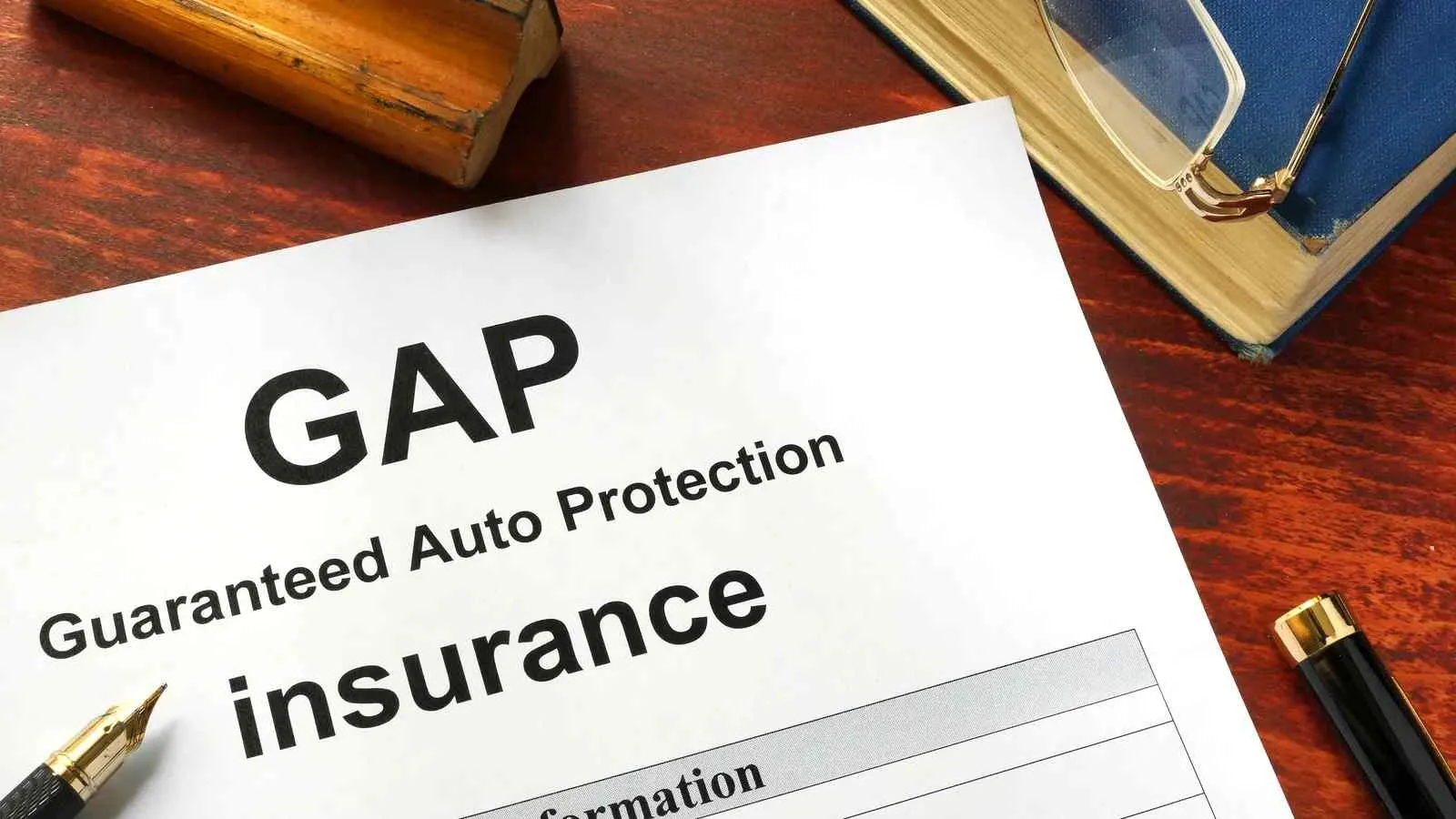- Learn how GAP coverage protects you by covering the difference between your loan and vehicle value.
- Understand how GAP works in the event of an accident or theft.
- Explore how to easily get GAP coverage through Coosa Valley Credit Union.
When you purchase a vehicle, especially with financing, there's one vital type of coverage you might not know about: GAP coverage. But what is GAP, and why do so many car owners find it essential? GAP, or Guaranteed Asset Protection, is designed to protect you financially if your car is totaled or stolen while you still owe more on your loan than the vehicle's current market value. Without this coverage, you could be stuck paying thousands of dollars on a car you no longer have. Let's dive into how GAP coverage works and why it may be a smart investment for you.
How Does GAP Coverage Work?
To understand how GAP coverage works, you first need to grasp vehicle depreciation. From the moment you drive a new car off the lot, its value begins to decrease. Within the first year, a new vehicle can lose as much as 20% of its value. If you've financed the car with a loan, you could end up owing more than the car's worth—a situation called being "upside-down" or "underwater" on your loan.
If your car is totaled in an accident or stolen, your standard auto insurance will only pay the current market value of the vehicle—not what you owe on your loan. This is where GAP coverage comes in. It covers the "gap" between your auto insurance payout and the remaining balance on your loan.
For example, if you owe $20,000 on your loan but your car is only valued at $15,000 at the time of an accident, your regular insurance would pay the $15,000, leaving you responsible for the $5,000 difference. GAP coverage would cover that remaining $5,000.
Who Needs GAP Coverage?
GAP coverage is particularly important for anyone who:
- Finances a vehicle with a low down payment.
- Leases a car (many leasing companies require GAP coverage).
- Drives a vehicle that depreciates rapidly.
- Has a long-term loan (typically more than 60 months).
If any of these scenarios sound familiar, you may want to consider how GAP coverage could work in your situation and whether you need this added financial protection. In most cases, drivers who finance most or all of their car's cost are at the greatest risk of being underwater on their loan, making GAP coverage a smart choice.
How to Get GAP Coverage
Now that you understand the importance of GAP coverage, the next question is how to obtain it. The process is relatively simple and can often be done when you purchase your car. Many dealerships and lenders offer GAP coverage as an add-on to your auto loan. However, you might also want to check with your credit union or auto insurance provider to compare costs and coverage options.
Some auto lenders, like Coosa Valley Credit Union, provide their members with easy access to GAP coverage at competitive rates. This could be a more affordable option than what a dealer might offer, and you can bundle it with your other financial services.
When exploring GAP coverage, always make sure to review the terms carefully. Ask questions like:
Does the policy cover the entire loan balance or only part of it?
- Is there a maximum payout amount?
- How long does the coverage last?
- Will this policy cover leased vehicles as well as financed vehicles?
Understanding these details will help ensure you're fully protected in case of an accident or theft.
The Benefits of GAP Coverage
GAP coverage offers several key benefits for car buyers, particularly those who are financing or leasing a vehicle. Some of the main advantages include:
- Financial Protection: GAP coverage shields you from having to pay out-of-pocket for the remaining balance on your loan after your car is totaled or stolen.
- Peace of Mind: Knowing that you're covered in case of an unfortunate event can alleviate stress and help you focus on getting a replacement vehicle instead of worrying about loan payments.
- Cost-Effective: Compared to the potential cost of paying off a loan for a car you no longer have, GAP coverage is typically affordable and provides invaluable protection.
When Does GAP Coverage Expire?
GAP coverage usually lasts until your loan is paid off, or the gap between what you owe and what your car is worth is minimal. Once your loan balance is less than the car's value, you no longer need GAP coverage.
It's important to regularly evaluate your loan and vehicle's value over time to determine if GAP coverage is still necessary. You can always speak with a representative at Coosa Valley Credit Union to review your coverage needs and determine whether it's time to drop or continue your GAP coverage.
GAP coverage offers a vital safety net for drivers, especially in the first few years of owning or leasing a vehicle. Whether you've just purchased a new car or are exploring financing options, understanding what GAP is and its benefits can save you from financial hardship in the event of an accident or theft. If you're considering how to get GAP coverage, reach out to Coosa Valley Credit Union to learn more about how they can help you protect your investment.
Ready to secure your vehicle and your finances? Visit Coosa Valley Credit Union to explore GAP coverage and other financial services.
